To solve the problem of squirrels visiting bird feeders, you suggested buying a bird feeder with an outer case that is squirrel-proof... We did and look what happened! The squirrel got in but couldn’t get its back legs out. We had to contact the DSPCA to rescue it. We’ll try the chilli powder! Catherine MacMahon, Dublin
Uh-oh. It wasn’t really squirrel-proof, was it? Complaints should be addressed to the retailer! Try the chilli powder and report back.
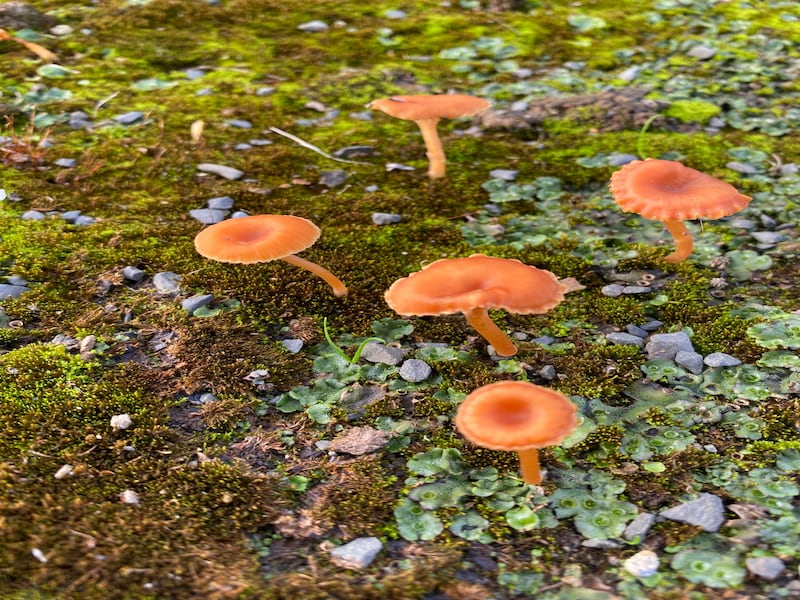
What are these bright orange fungi that were growing in my entrance drive up through liverwort? The caps were about the size of a €1 coin. John Mason, Co Tipperary
This is the cinnamon navel, Omphalina pyxidata, whose cap has a deep navel-like depression, giving the mushroom a funnel shape. The caps are also striated from the margins towards the centre. The fungus is widespread and common, usually on open gravelly soils with mosses and liverworts.
READ MORE
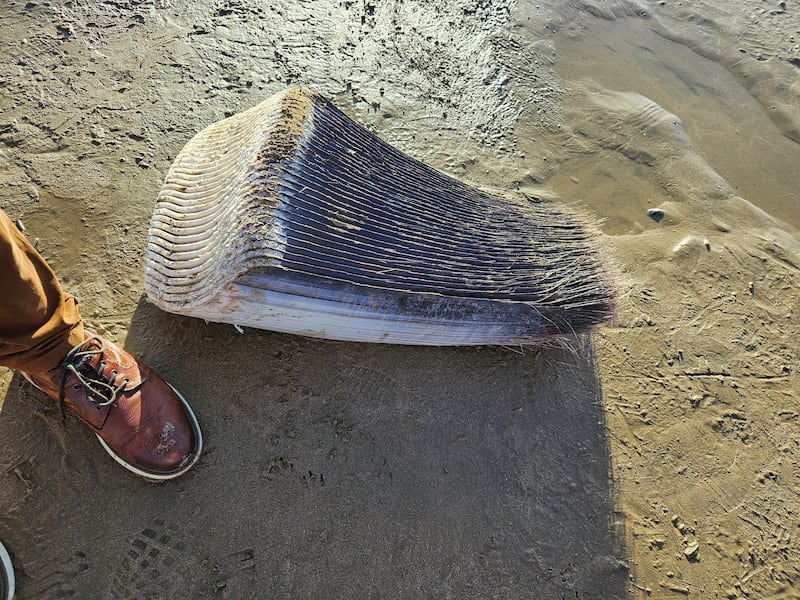
Between Christmas and the new year my family and I went for a walk along Waterford’s Tramore Beach, where we spotted this odd-looking thing. It was concertina-like in structure with a hard muscle-like shell on the outer side. My young son thought it might be a whale gill; could he be correct? Darren Maguire, Dublin 8
Your family together with half the country must have been walking on Tramore strand over Christmas. I have received similar queries about that self-same object from Ada McGann, Debbie Halley and Hugo Jolley. Kevin Flannery from Dingle aquarium confirms that your son is indeed correct in suggesting that it comes from a whale. It is part of the huge baleen filters through which the fin whale and indeed other baleen whales trap their food of plankton from great mouthfuls of seawater. The fin whale washed up dead on the beach last November, and recent storms must have exhumed some of the buried remains.
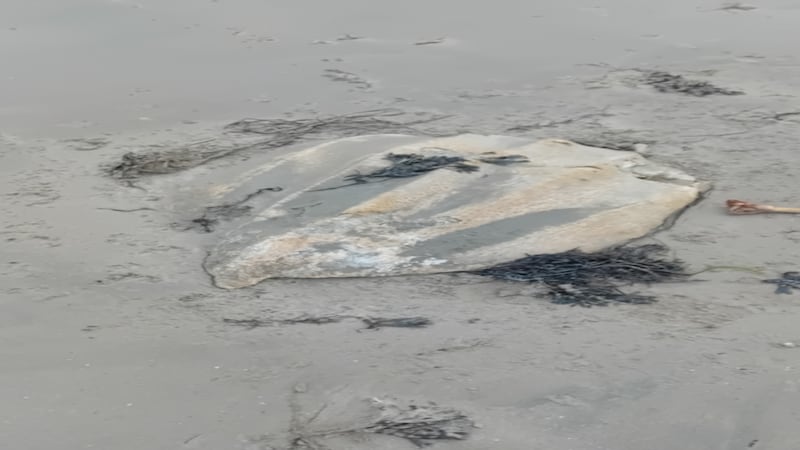
I found this on Grassilaun Beach recently. Is it a turtle? Patricia Keane, Co Galway
It is the carapace of the leatherback turtle. This species lacks scales and a hard shell; instead, it has a rubbery black carapace and a layer of connective tissue. This one is so long dead that all the colour has bleached out of it. It is able to maintain a core temperature higher than surrounding seawater and so living ones venture into our latitudes. They feed on jellyfish so they can easily mistake discarded plastic bags for food, leading to a slow horrible death from starvation.
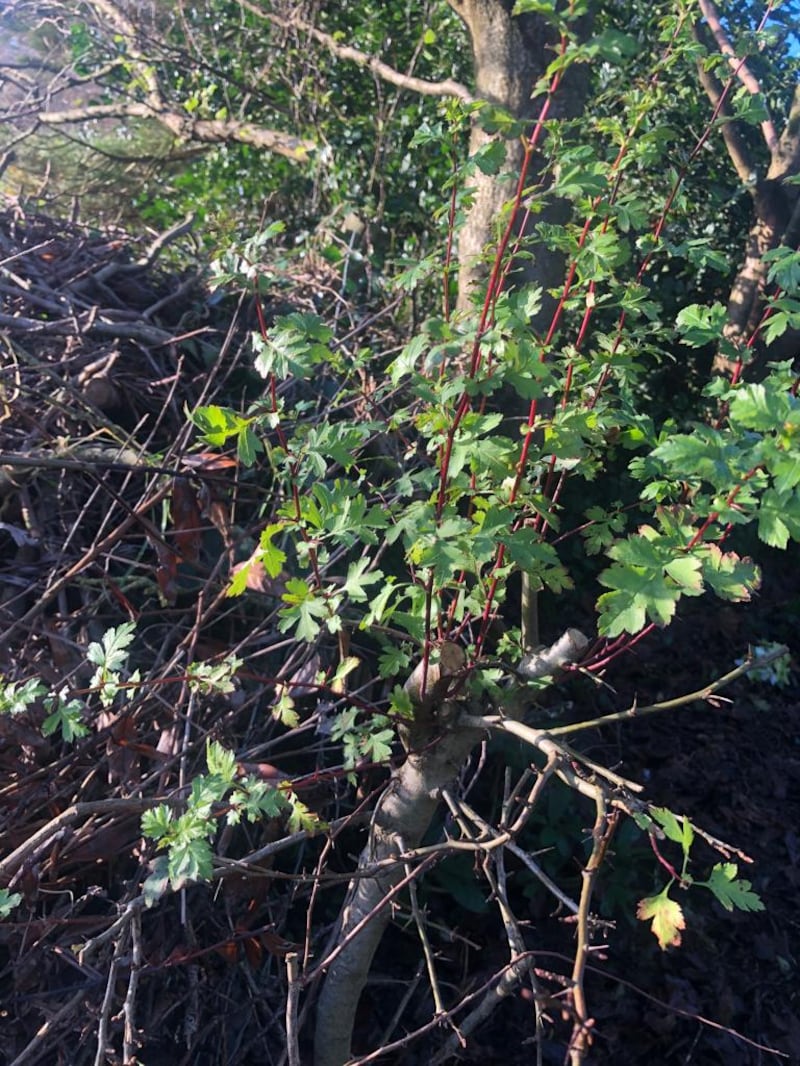
This hawthorn tree came into leaf in my garden in north Co Dublin on January 4th. This is mad stuff altogether. M Maloney, Dublin
It is three months early – it normally comes into leaf in April. The world is in a state of chassis, right enough. Last year has been the warmest year in 100,000 years and it is having an impact on the world of nature.
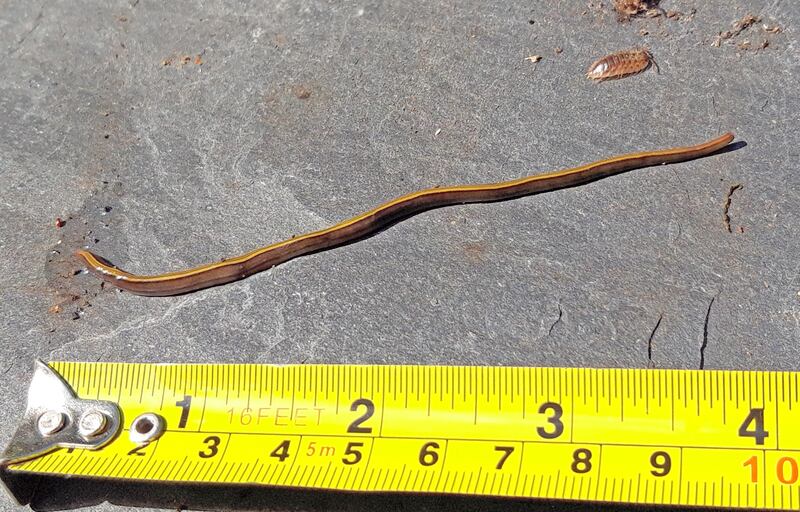
I found three samples of this worm in a corner of the garden. Is it some type of planarian? John Mullins, Co Cork
It is the New Zealand flatworm – an invasive species first recorded here in 1963. It eats earthworms by wrapping themselves around them, secreting mucus to dissolve their prey. It is found mainly in lawns and gardens, agricultural land and in containers with potted plants. Food availability appears to be a limiting factor, so it is likely to be found anywhere earthworms are available. The National Biodiversity Data Centre has records from all around the country although fewer from the southern half. You should try to get rid of them by trapping them under black plastic and dropping them into hot water.
Please submit your nature query, observation, or photo with a location, via irishtimes.com/eyeonnature



















